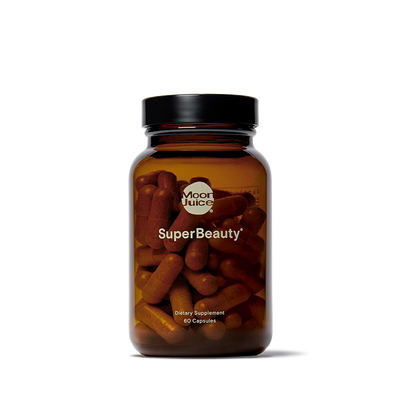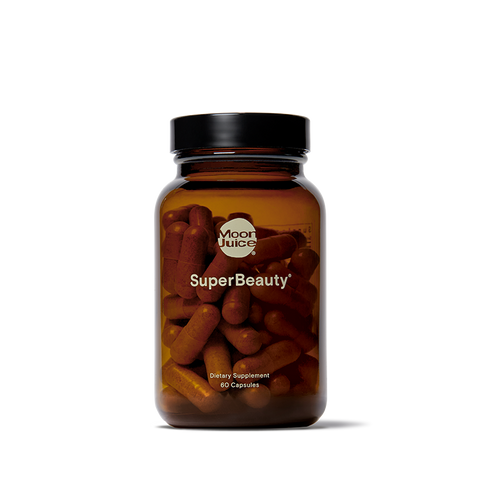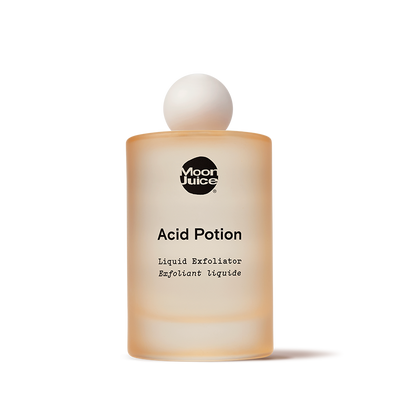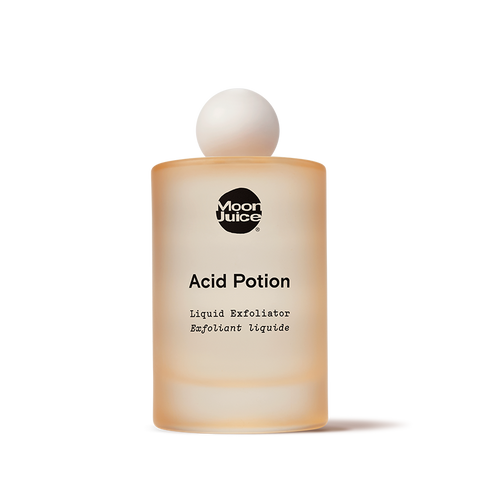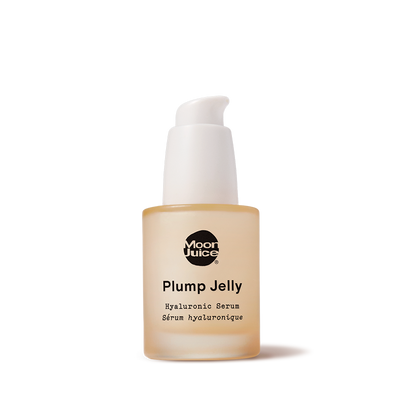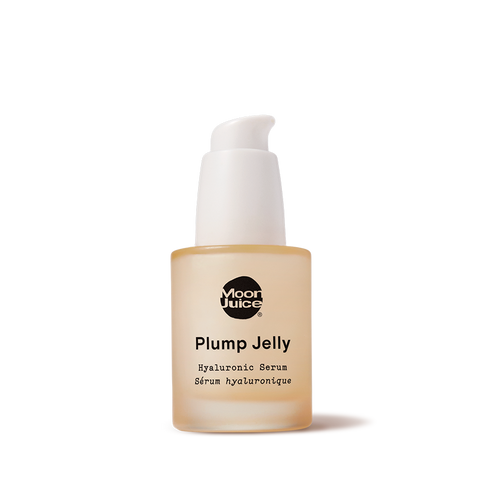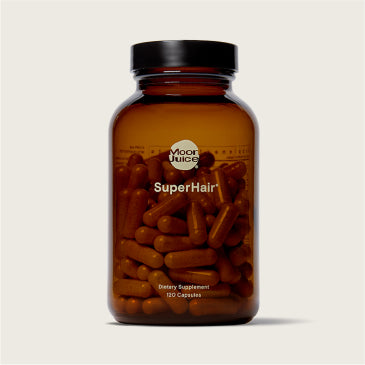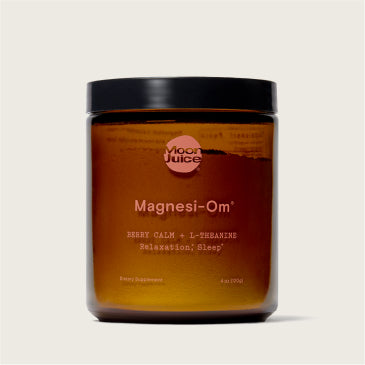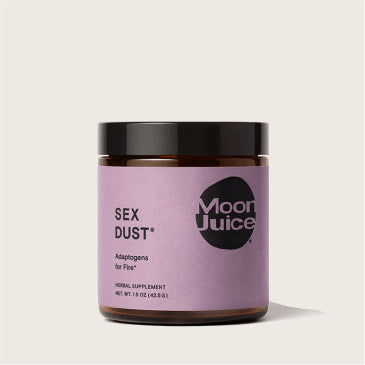You can take care of your skin by nourishing your body with the nutrients it needs to stay healthy, including healthy fats, collagen, vitamins, and minerals. But what you put on your skin matters, too.
Having a skin care routine is an important way to support skin health. And the perfect time for a little skin-related self-care is right before bed.
Here’s how to create a night routine for your face.
Benefits of a Nighttime Skin Care Routine
While an AM skin care ritual is essential, a multi-step PM routine has several advantages.
A night routine for your face is the perfect way to unwind after a long day. And because most people aren’t as rushed in the evening as in the morning, that gives you time to give your skin the TLC it needs with a multi-step process.
After a busy day, your skin has also likely been exposed to pollution and other contaminants that need to be washed away. And applying products before bed gives them plenty of time to sink in while you drift off to dreamland. Overnight, your skin works to repair itself, so this is the ideal time to apply products that can help reverse and heal daytime damage.
And it’s also a good time to apply products like chemical exfoliants a liquid exfoliant and retinol, which are best to use overnight and not in the AM since they can increase sun sensitivity.
How to Create a Nighttime Skin Care Routine
The key to creating a nighttime skin care routine for your face? Finding products that work for your skin type and current skin concerns and applying your routine steps in the right order.
Think of your PM skin routine as me-time. Light some candles, listen to relaxing music, and incorporate it into your pre-bedtime relaxation ritual.
Cleanser
The first step in your facial nighttime routine should be cleansing. Ideally, opt for a cleanser that can remove face and eye makeup.
A few other facial cleanser considerations:
- Choose a facial cleanser that matches your skin’s pH. The ideal skin pH is about 5.5. Going too alkaline can disrupt the acid mantle and lead to irritation.
-
Avoid harsh ingredients that can strip your skin barrier.
Some ingredients, like Sodium Lauryl Sulfate (SLS), can leave your skin feeling squeaky clean, but they can also impact your skin barrier, leading to skin issues like dryness and redness.
- Rinse with lukewarm or cold water. Hot water might feel nice, but it can exacerbate redness and dry out the skin.
- Pick the right cleanser for your skin concerns. Cream, gel, foam, oil, and more. There are many types of cleansers to choose from. The right one for you depends on what concerns are showing up on your skin. For example, if you’re looking for a minimalist routine, opt for a multitasking product that exfoliates and cleanses in one step. Or go with a gentle cleanser suitable for all skin types, including sensitive and acne-prone ones. Learn more about the different types of facial cleansers.
Exfoliation
Physical exfoliants show up in many skin care products, but scrubs and textured washcloths can cause micro-tears in your skin. Chemical exfoliants help slough off dead skin cells and other grime deep inside your pores without irritating the skin like scrubs.
Chemical exfoliants, like Alpha Hydroxy Acids (AHAs) and Beta Hydroxy Acids (BHAs), can help smooth out skin and make it glow by removing roughness-causing debris and supporting natural cell turnover.
If you’re new to this type of product or have ultra-sensitive skin, give your skin time to adjust by spacing out applications.
To simplify your PM routine, opt for a liquid exfoliator containing AHAs and BHAs.
Serums
Think of serums as magic potions for your face. There are many different types formulated to address various skin concerns, containing powerful ingredients straight to where you need them most, like:
- Vitamin E, to protect against oxidative stress
- Vitamin C, to help promote skin’s elasticity and aid in regeneration
- Hyaluronic Acid, to deliver water into the skin and support barrier function
- Retinol, to stimulate cell turnover and smooth skin
- Salicylic Acid, to help penetrate and unclog pores
When going the serum multi-task route, make sure to apply water-based products before oil-based ones to ensure proper absorption. You can even layer different types of serums to target multiple skin concerns. However, some ingredients, like Vitamin C and Retinol, don’t mix well and can cause skin irritation if used together. Some serums, like Hyaluronic Acid serum are great for giving you plump looking skin. Curious for more tips on how to get plump skin? Check out our guide.
Applying serums after cleansing ensures they can penetrate deeply, and following up with a moisturizer helps lock in the ingredients so they can work their magic. Doing so at night means you won’t have to worry as much about the increased photosensitivity that happens with some serum ingredients like Retinol.
The best way to apply serums is with your fingertips. And there’s no need to rinse them off. A little goes a long way, too!
Just wait about a minute before moisturizing to prevent dilution, which can render serums less potent.
Eye Cream
The skin around your eyes is very sensitive. Most skin care labels will caution you to avoid the area. But the thin delicate skin is also vulnerable to the same issues as other parts of your face, especially dryness and loss of skin elasticity, which can cause fine lines and wrinkles around the eyes. Eye cream can help moisturize the delicate skin and in some cases, help with the appearance of dark circles.
When using eye cream, dab it gently around the eye area without rubbing too hard, which can cause skin irritation.
Moisturizer
If your fave moisturizer is gentle enough for around-the-eye use, you can merge the above step with this one.
Whether your skin is dry or oily — or a bit of both — moisturizing is a crucial step, especially before bed. Applying at night allows moisturizing ingredients to penetrate the skin and prevent moisture loss that happens as you get your beauty sleep.
Moisturizers packed with emollient fatty acids help strengthen your skin’s barrier and lock in hydration, protecting against daytime pollutants and stressors. They also help lock in all the active ingredients of your serums so they can work overnight as intended. If you’re looking for more tips, check out our guide on how to apply moisturizer.
No matter where your skin is at — whether it’s feeling sensitive, dry, oily, or a combination — a consistent nighttime routine with the right ingredients can help build health for glowing skin.
If you want to take it a step further than skin care products, consider incorporating SuperBeauty® skin care capsules into your routine to support healthy skin from the inside out.
Sign Up, Nerd Out
Get wellness tips, education, and recipes
delivered straight to your inbox.
Get wellness tips, education,
and recipes delivered
straight to your inbox.
Sources
- Diaz D. (2020). The effect of cleansers on the skin microbiome. https://practicaldermatology.com/articles/2020-apr/the-effect-of-cleansers-on-the-skin-microbiome
- El-Lateef. (2022). Skin cleansing without or with compromise: Soaps and syndets. https://www.ncbi.nlm.nih.gov/pmc/articles/PMC8954092/
- Face washing 101. (n.d.). https://www.aad.org/public/everyday-care/skin-care-basics/care/face-washing-101
- National Library of Medicine, The Role of Moisturizers in Addressing Various Kinds of Dermatitis: A Review https://www.ncbi.nlm.nih.gov/pmc/articles/PMC5849435/

-(1).png?v=1686117210274)
.png?v=1686117224675)

